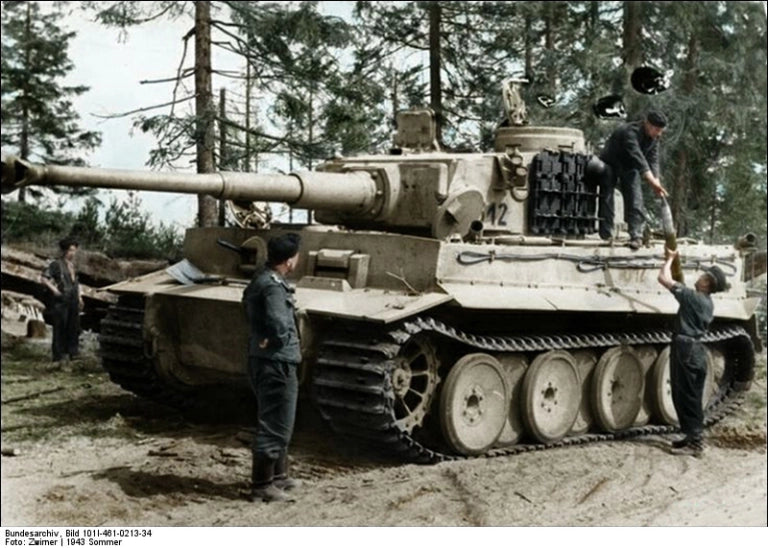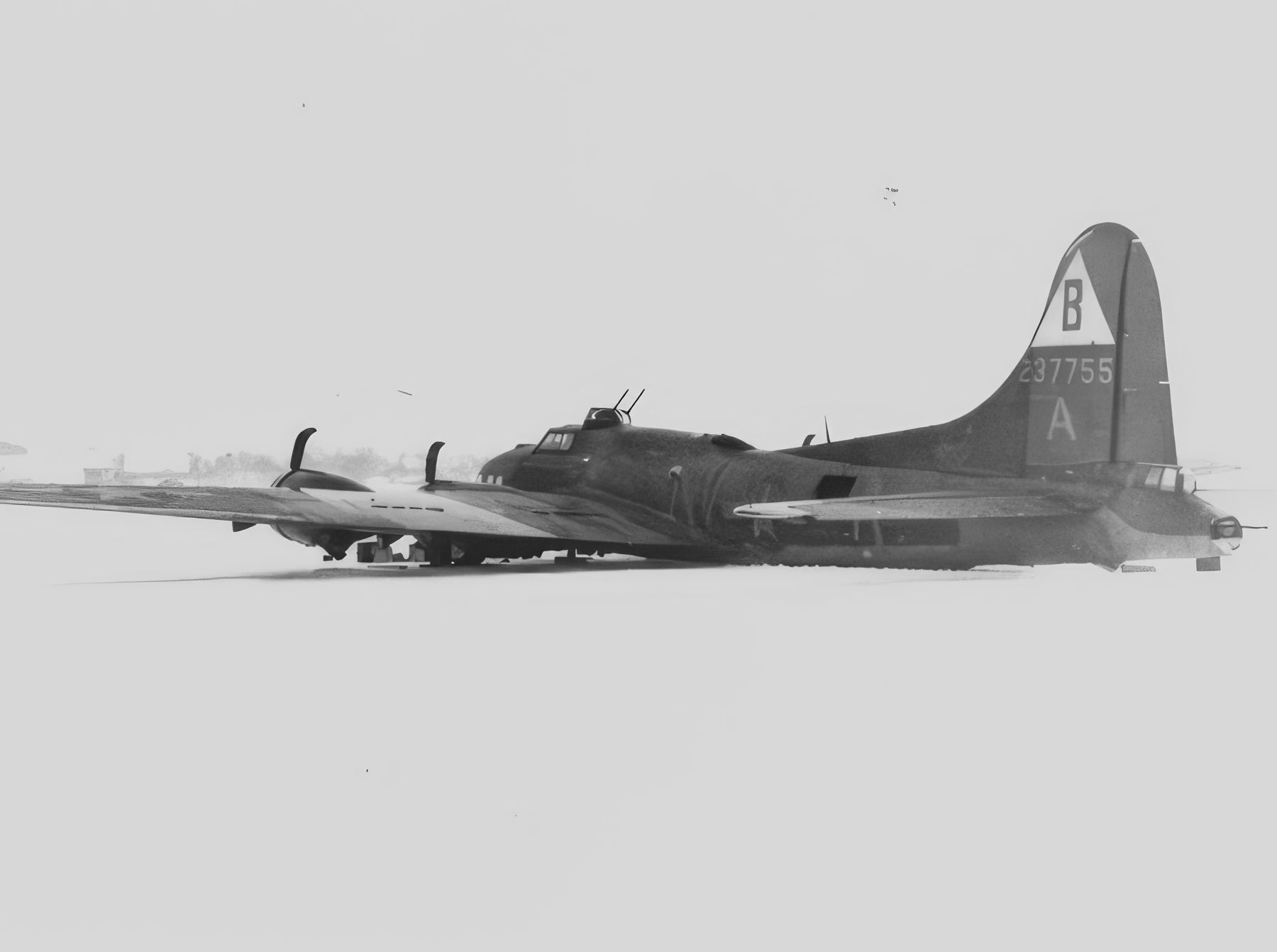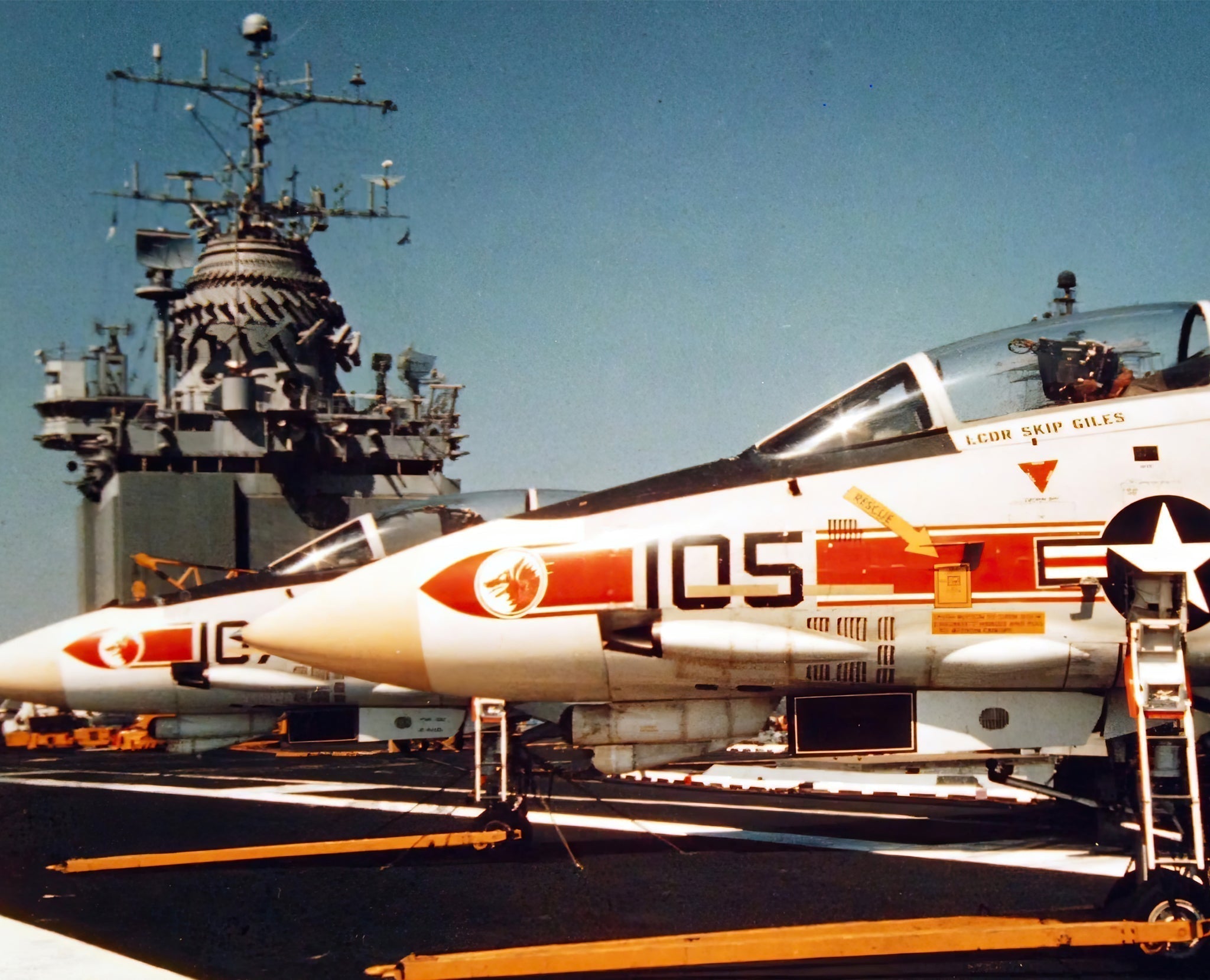When diving into the history of tank warfare, Michael Wittmann stands as a titan among commanders. Renowned for his audacity, precision, and understanding of the battlefield, his tactics have been dissected and discussed in military circles for generations.
A Brief Background
Michael Wittmann, who entered the world in 1914, is often hailed as one of the legendary tank maestros from the World War II era. Fighting under the German banner, he etched his name in history, particularly with his daring exploits on the Eastern Front, and not to forget his bold actions in the Battle of Normandy. When he met his end in 1944, the tally was mind-boggling: 138 enemy tanks and 132 anti-tank guns, among other enemy machinery, lay in ruins thanks to him.
The Essence of Wittmann’s Tactics
Speed and Surprise
One of Wittmann’s signature tactics was the audacious rapid advance. By surprising the enemy and throwing them off balance, he was able to exploit openings before they could react.
Case in Point: The Battle of Villers-Bocage showcased this tactic. On June 13, 1944, Wittmann and his Tiger I tank took the British 7th Armored Division by surprise, destroying numerous tanks, armored carriers, and anti-tank guns within mere hours.
Understanding Terrain
Wittmann exhibited a deep understanding of the landscape, using it to his advantage. Natural barriers, elevation differences, and urban structures were all manipulated to shield his tank and ambush opponents.
Case in Point: The battles around Kursk on the Eastern Front saw Wittmann utilizing the undulating terrain, setting up ambushes from the hollows, and using the rises as shields against distant fire.
Patiently Waiting for the Right Moment
Rather than rushing into battle, Wittmann often held back, studying the enemy’s moves and striking at the opportune moment.
Case in Point: In a skirmish near Rostov in the winter of 1942, Wittmann concealed his Tiger, letting an advancing Soviet tank column bypass him. Once they were in a vulnerable position, he struck from behind, causing chaos and inflicting heavy losses.
Maintaining Situational Awareness
Wittmann was never solely focused on the enemy in front of him. He maintained a 360-degree awareness, adjusting his tactics based on the movements and threats from all directions.
Case in Point: During the engagement at Tarnopol, Wittmann frequently rotated his turret, not just to aim but to keep a watchful eye on potential threats, ensuring he wasn’t flanked.
Beyond Individual Valor
While Wittmann’s individual skill and courage are undeniable, it’s essential to remember that tank warfare is a team endeavor. The successes Wittmann enjoyed were also a testament to his crew’s competency and his unit’s coordination.
The Legacy
Michael Wittmann’s tactics and strategies have been studied exhaustively by military professionals and enthusiasts alike. His knack for leveraging terrain, harnessing the element of surprise, and maintaining a sharp situational awareness has been emulated by many but mastered by few.
In tank warfare, Wittmann’s legacy is a blend of tactical genius and audacious bravery. While some of his tactics might seem innate or reactionary, a deeper analysis reveals a mind that was constantly analyzing, adapting, and seizing the initiative. While operating in vastly different contexts, modern tank commanders can still draw invaluable lessons from Wittmann’s engagements.
Military history is replete with tales of heroism and strategy. Still, few figures stand out with such pronounced clarity as Michael Wittmann. Through a meticulous study of his battles and maneuvers, one can gain invaluable insights into the art of armored warfare.
For more insights into the Panzer VI – Tiger I and other important military aircraft, visit Aces In Action. Here, you’ll find an amazing piece of artwork by Craig Tinder titled “Black Baron,” which illustrates a profile of the Tiger Tank.
Michael Wittmann Tiger Tank 007 Military Art Print – Profile by Craig Tinder






Share:
Top 5 Hardest Planes to Fly in World War II
Aerial Tactics of WWII: Analyzing 1st Lt. Ploetz’s Strategy and Maneuvers